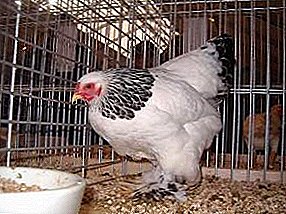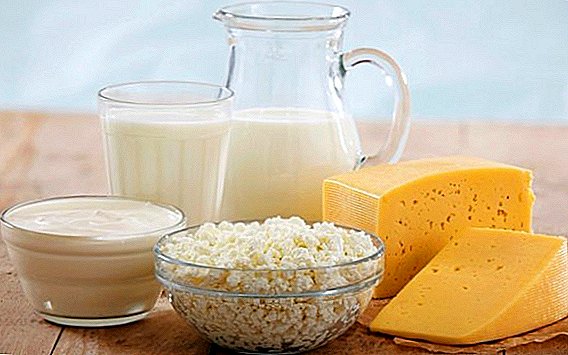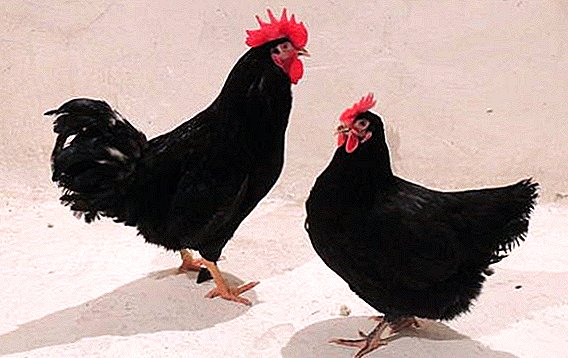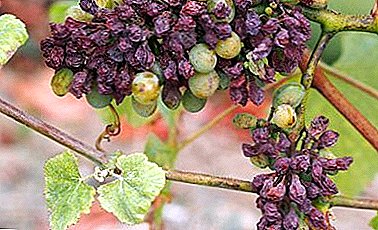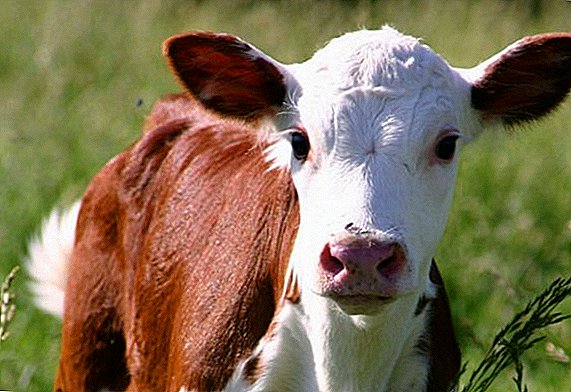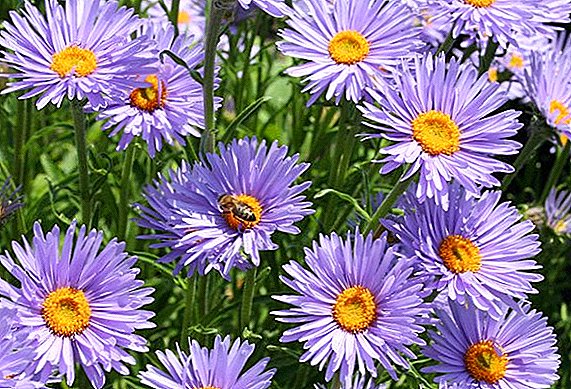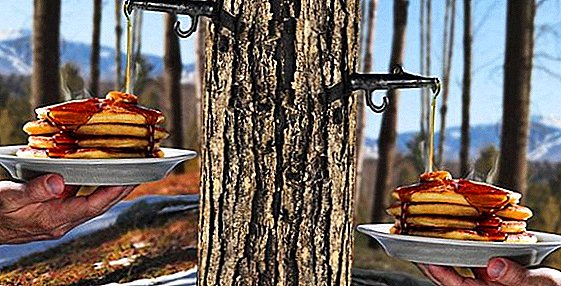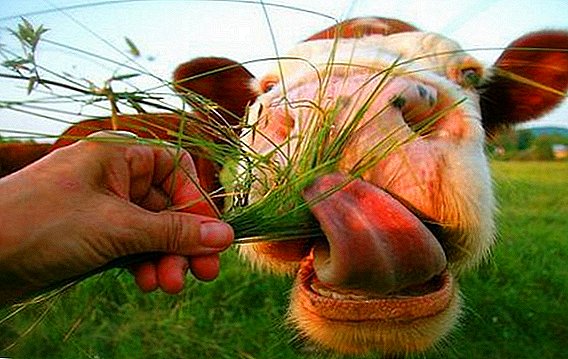 With the onset of the summer period, cattle are transferred to grazing.
With the onset of the summer period, cattle are transferred to grazing.
This transition must be performed in accordance with certain rules.
Only in this case, the animals will actually receive the maximum health benefits from grazing, increase productivity and strengthen immunity.
It is especially important to properly organize pasture maintenance for young stock, as the proper development of the livestock depends on it.
Where and how to feed the cattle, we will tell in our material.
How to choose a place for cow pasture
It is a mistake to believe that any grassy area is suitable for grazing cattle. Particular attention should be paid to the choice of grass, and pasture area, the presence of watering and distance to the farm. 
Important! Clover, eaten by a cow on an empty stomach, can cause timpani (swelling) of the scar.
Area and distances
On 1 head of cattle must be at least 0.5 hectares of pasture. When grass yields are low, for example, in wormwood or fescue fields, the volume of pasture area may increase to 1-1.25 hectares per head.
The distance to the farm should be no more than 2-3 km. Otherwise, the animals will tire, overcoming a long way.
Herbs
The quality of herbs is as important as their quantity. Cereal and bean grasses are best for cattle.
You will be interested to know how to choose a cow, what breeds of cows are considered to be the best, what breeds of cows belong to meat, and which breeds to dairy, and also how to milk a cow correctly.
Wetlands that can cause worms and are dangerous because of poisonous plants are especially dangerous for cows. It is advisable to avoid wooded zones when choosing a place for pasture.  In this area, animals may injure the udder or hooves. In addition, there are many ticks and other harmful insects in wooded areas. They can cause infections in animals.
In this area, animals may injure the udder or hooves. In addition, there are many ticks and other harmful insects in wooded areas. They can cause infections in animals.
Did you know? Even presidents love cows. Ophelia is the name of the 43rd President George W. Bush’s cow.
Water sources
It is optimal if within a radius of 1-2 km from the pasture there is a natural watering place. But before equipping a pasture in such a place, it is necessary to take laboratory samples of water to eliminate the possibility of contamination. It is better not to use rainwater for watering, as it has poor mineral composition.
If it is not possible to use other water, then cows need to add mineral supplements to their diet. The artesian waters that lie deep underground can be oversaturated with salts. We must be prepared for the fact that the animals simply refuse to drink such water.
Important! Wetlands on pasture should be fenced off to exclude cow access.
If there is no other opportunity for watering, dig wells in the ground. Each time after the cattle drank, the water should be changed to avoid the proliferation of bacteria. Cows should be drunk regularly, 2-3 times a day, in the summer - up to 5 times. It is important to monitor the temperature of the water - it should be at least +20 ° C. 
How to feed cows
The productivity of cows largely depends on the method of grazing. Poor grazing has a negative effect on pasture structure and livestock health.
The popular breeds of cows include the Dutch, Kalmyk, Hereford.
Free-range
This type of grazing leads to deterioration of herbage and the spread of weeds, because animals independently choose the best areas for grazing, ignoring less edible herbs.
This causes the accumulation of manure in the places where livestock livestock and, as a result, the growth of coarse-weeds.
Did you know? Cow mooing is not the same type of sound. Zoologists have counted in it as much as 11 different tunes.
On leash
The method of keeping animals on the joke allows you to maximize the use of pasture (the cow is not transferred to another place until the grass is completely eaten).  This method is used for grazing sick individuals or producers. For large herds, it is unsuitable, as it requires serious labor. One animal must be transferred to a new place up to 3 times a day and watered several times.
This method is used for grazing sick individuals or producers. For large herds, it is unsuitable, as it requires serious labor. One animal must be transferred to a new place up to 3 times a day and watered several times.
With a large population it is very difficult to do. The ideal way to properly organize pastures is the pioneer method. Animals are placed in special pens until all the grass has been eaten. This usually occurs within 3-6 days.
Pasture cows are a crucial period in the care of livestock. It is extremely important to use the time allotted for him most effectively, because this is a guarantee of high productivity and good health of your cows.


